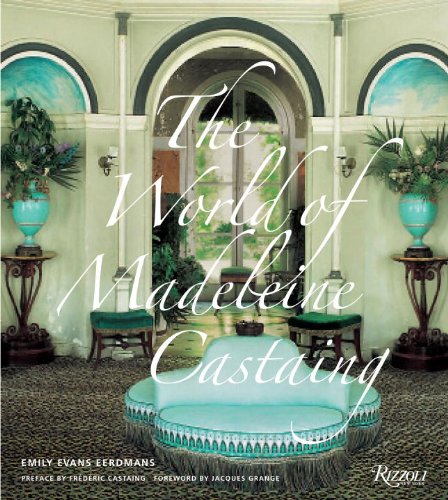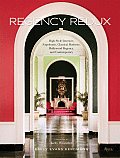Editor's Note: I am delighted to invite you all to a selling exhibition of Harry's famous collection of vintage and antique Christmas tree stands, opening December 11 through December 23. They will be displayed in the most gemutlich of settings, the Philip Colleck historic townhouse on East 58th Street. This is one of Eerdmans Fine Art's first ventures - I so hope to see you there!
By Harry Heissmann
The days after
Christmas, particularly January 6, which is when most people dispose of their
Christmas tree, are sad days for me. I’m not sure why I
get so nostalgic, but the piles of dead trees, most of them dry and with lots
of needles on the ground is just such a pitiful sight.
When I moved to the
United States in 1995, I learned that many people put their tree on the
sidewalk with the stand still attached, as they will just buy a new one with
the tree for the next year. This would of course
not have happened in 19th Century Germany, when the novelty cast
iron Christmas tree stands were very expensive and could only be bought by
wealthy families. The first model the company Roedinghausen cast was offered in
1866. At the turn of the century a cast iron Christmas tree stand would cost
the same amount you had to pay for a whole box of Christmas ornaments. The stands became
family heirlooms and would be kept in the attic or the basement to be used
again and again. Today, recycling being so important, there are services
offered to have your discarded tree transformed to mulch but few keep the
stand – usually a red and green metal or plastic model of unspecific design.
To me it is most
fascinating to imagine the families delighted by the tree stands and of course
much more importantly – the actual Christmas tree. The trees were mostly
table top trees and times were apparently much different, as ornament was used
on everything that was made, even on the Christmas tree stands.
Their origin,
however, is of course much simpler. The earliest mention
of a decorated Christmas tree is in a handwritten document from 1604. The
decoration was of paper roses and ‘wafers’(?) and a wooden square is mentioned
for the attachment. Maybe it was a hole in a square piece of wood or one of the
wooden fences which became fashionable later on. But the earliest stands
definitely were made from wood, such as the wooden ‘crosses’ even still around
today. Sometimes buckets
were filled with wet sand and even ‘futterrueben’ were used in more rural areas
in Austria or Northern Germany especially after the Second World War.
And to tempt you, a few of the stands which will be available online soon on Philip Colleck's 1stdibs page:
A large cast iron Christmas tree stand, made by ‘Holler’sche Carlshuette’, circa 1910.
This stand has wonderful ‘Jugendstil’ (german equivalent of Art Nouveau) floral leafy decoration,
the original screws and old paint, which has tarnished to a wonderful ‘verdigris’ patina.
A wonderful large cast iron Christmas tree stand, made by ‘Eisenwerk Roedinghausen’, circa 1950’s.
Rare cast iron Christmas tree stand, Germany circa 1920’s.
This stand features wonderful vignettes of ‘modes of transportation’, a car, a sailboat, a train and most importantly a blimp, or ‘Zeppelin’, as well as a toy soldier, a doll and a snowman, etc. Original paint, accented in gold and silver, original screws.
Wonderful ‘ round ‘ Christmas tree stand,Germany, circa 1920’s (very Hollywood Regency!)
This stand features Christmas trees and star decor, as well as star shaped screws, original paint in green and silver. It is marked underneath ‘KT’
Exhibition details:
11-23 December, Monday–Friday 11AM–4 PM
Philip Colleck, Ltd.
311 East 58th Street
New York, NY
All photos by Josh Gaddy.













